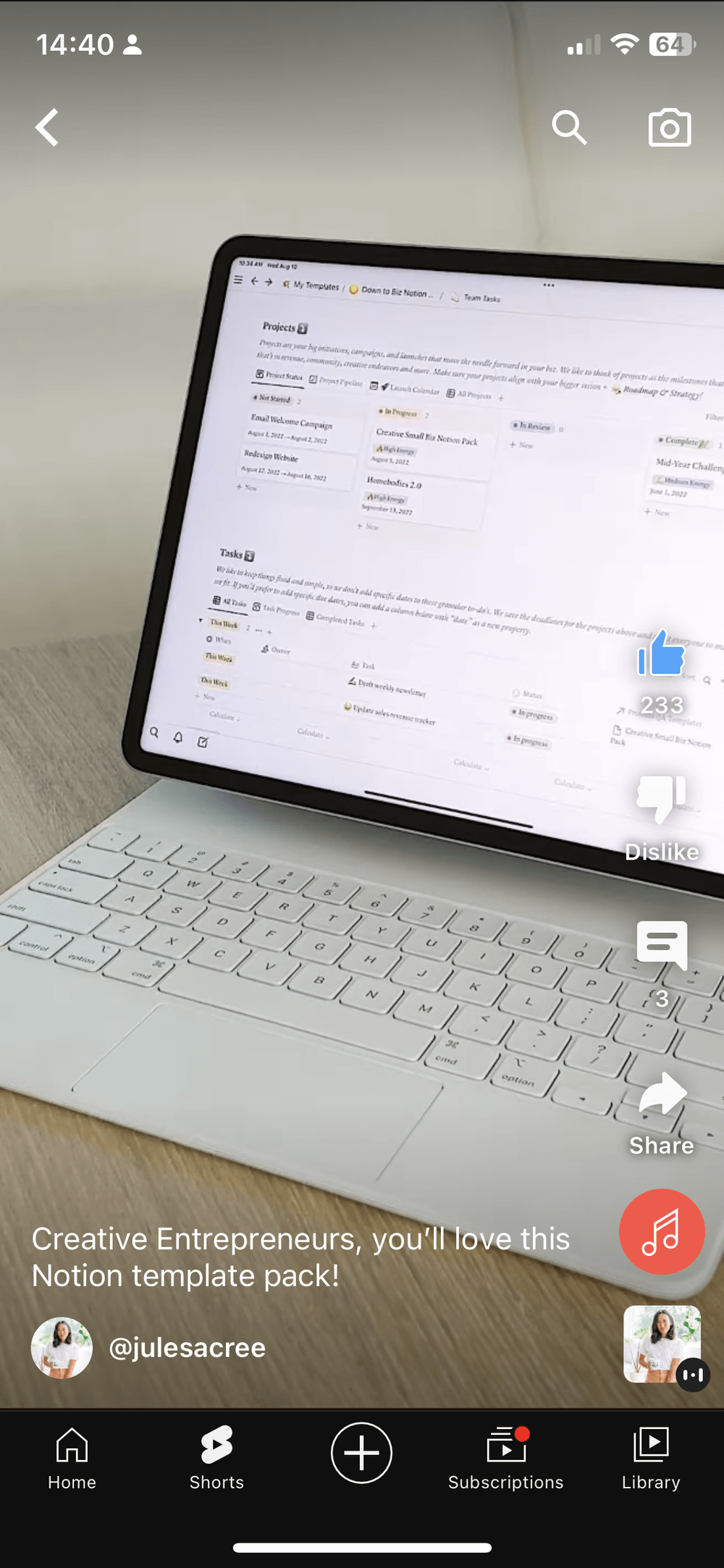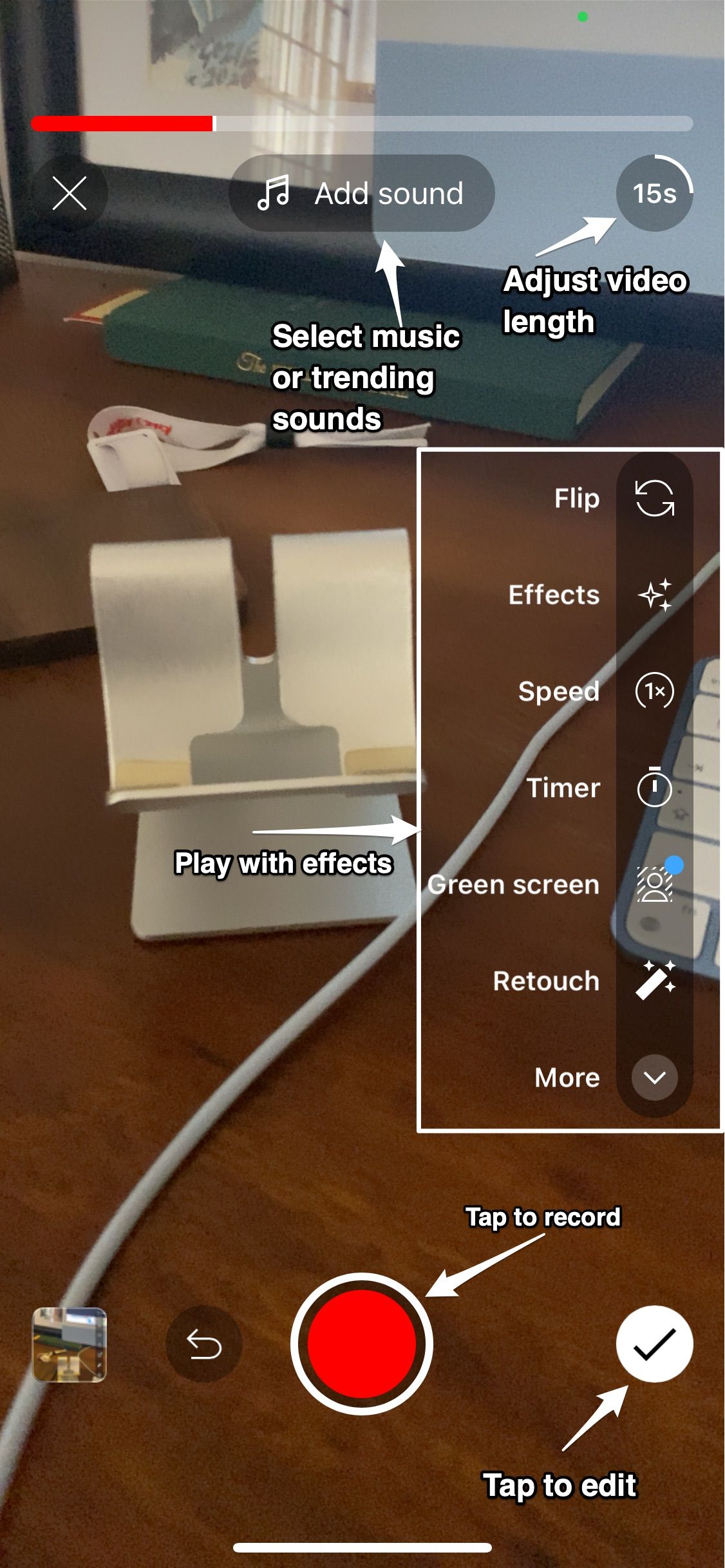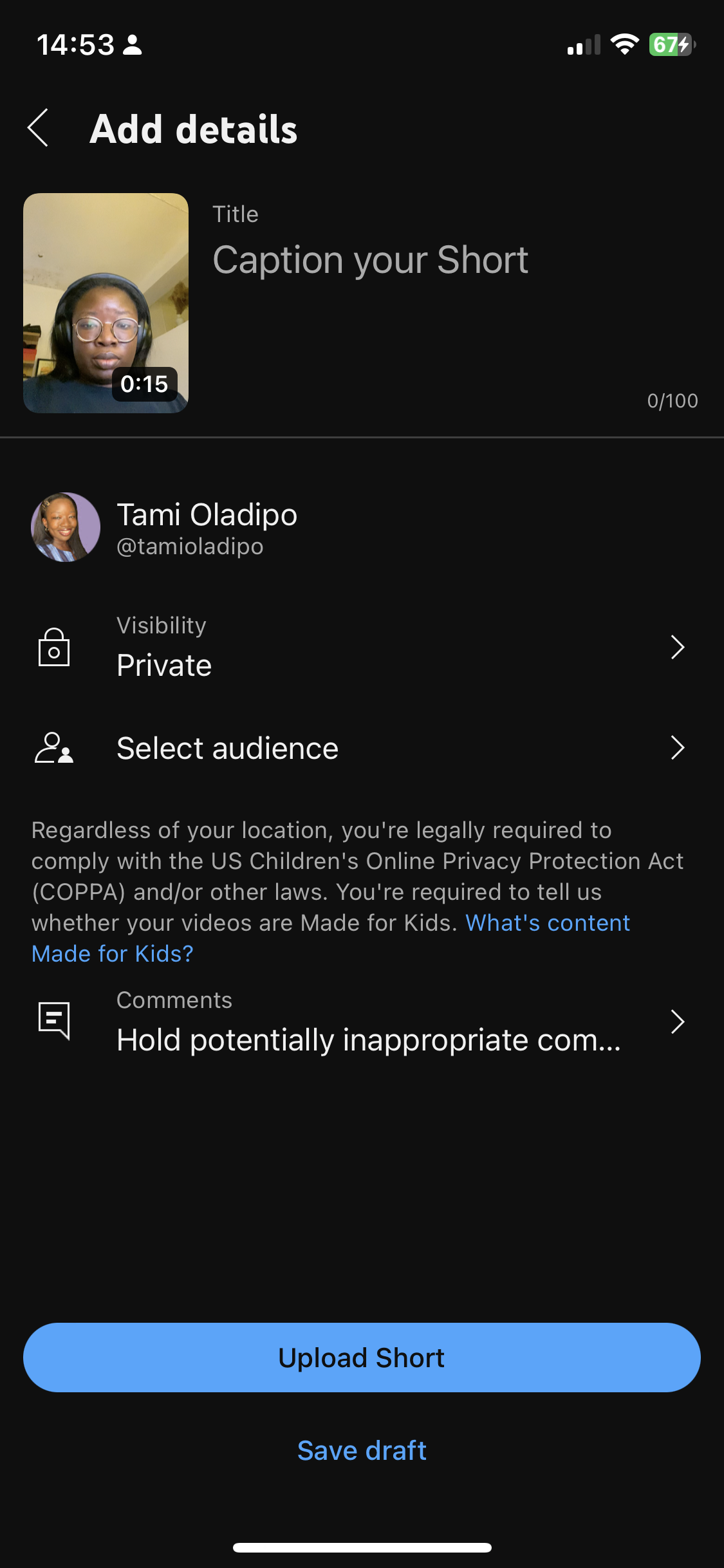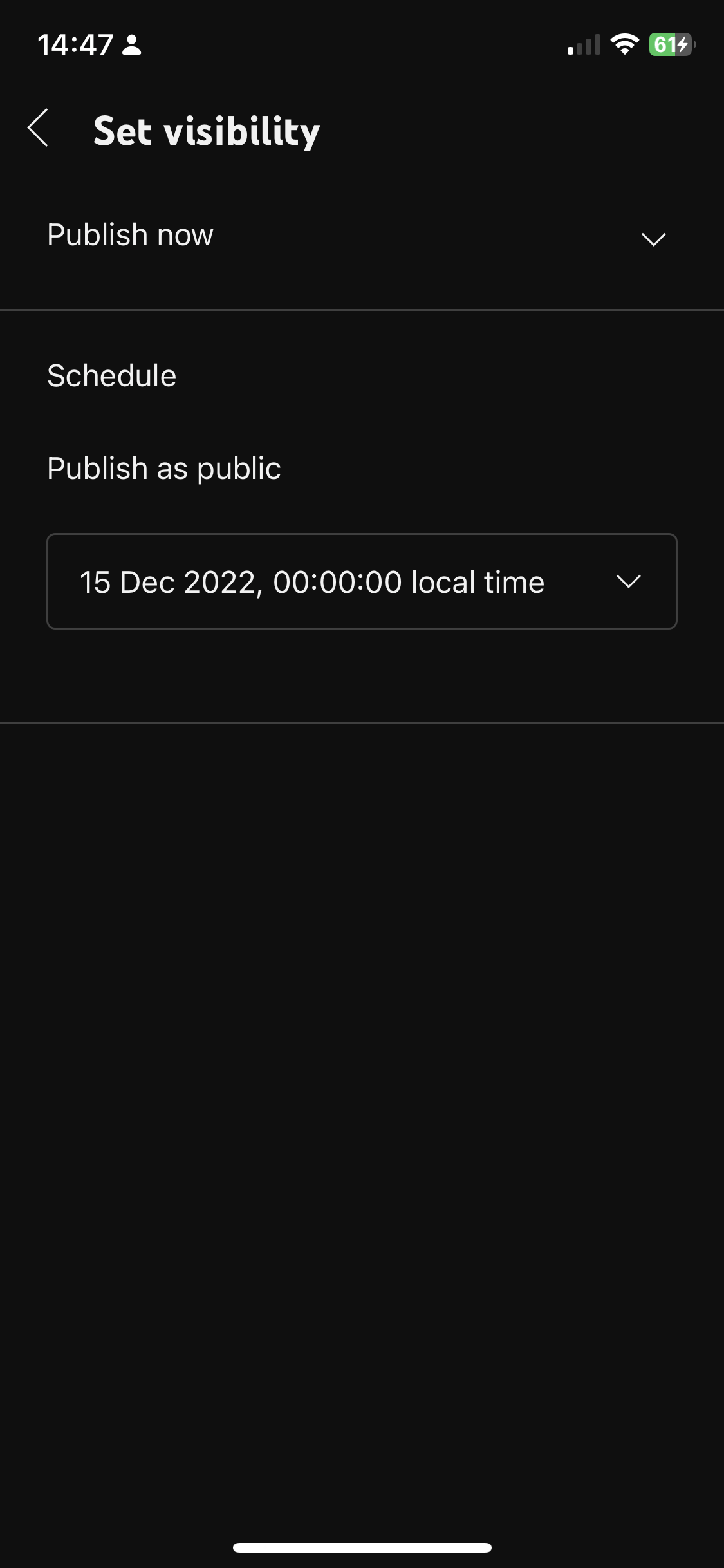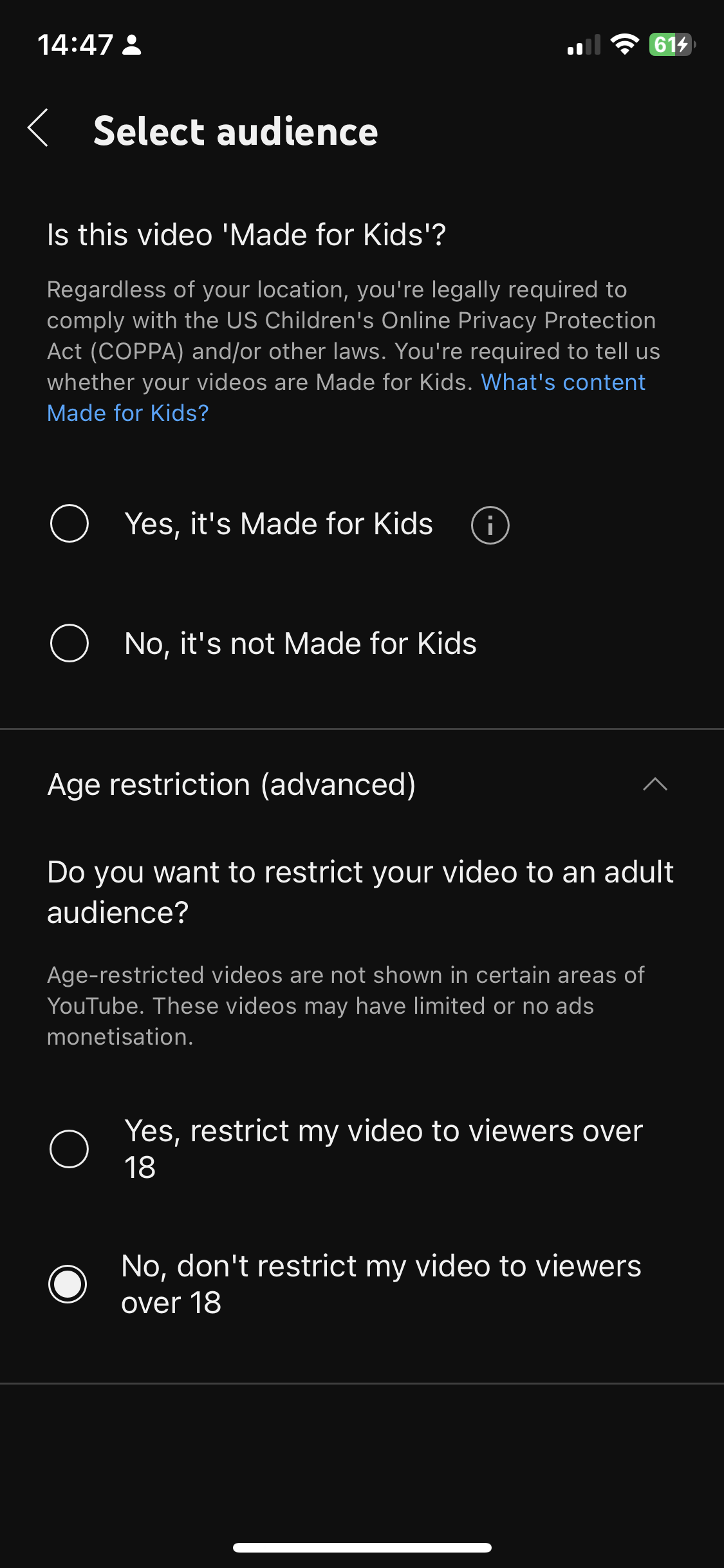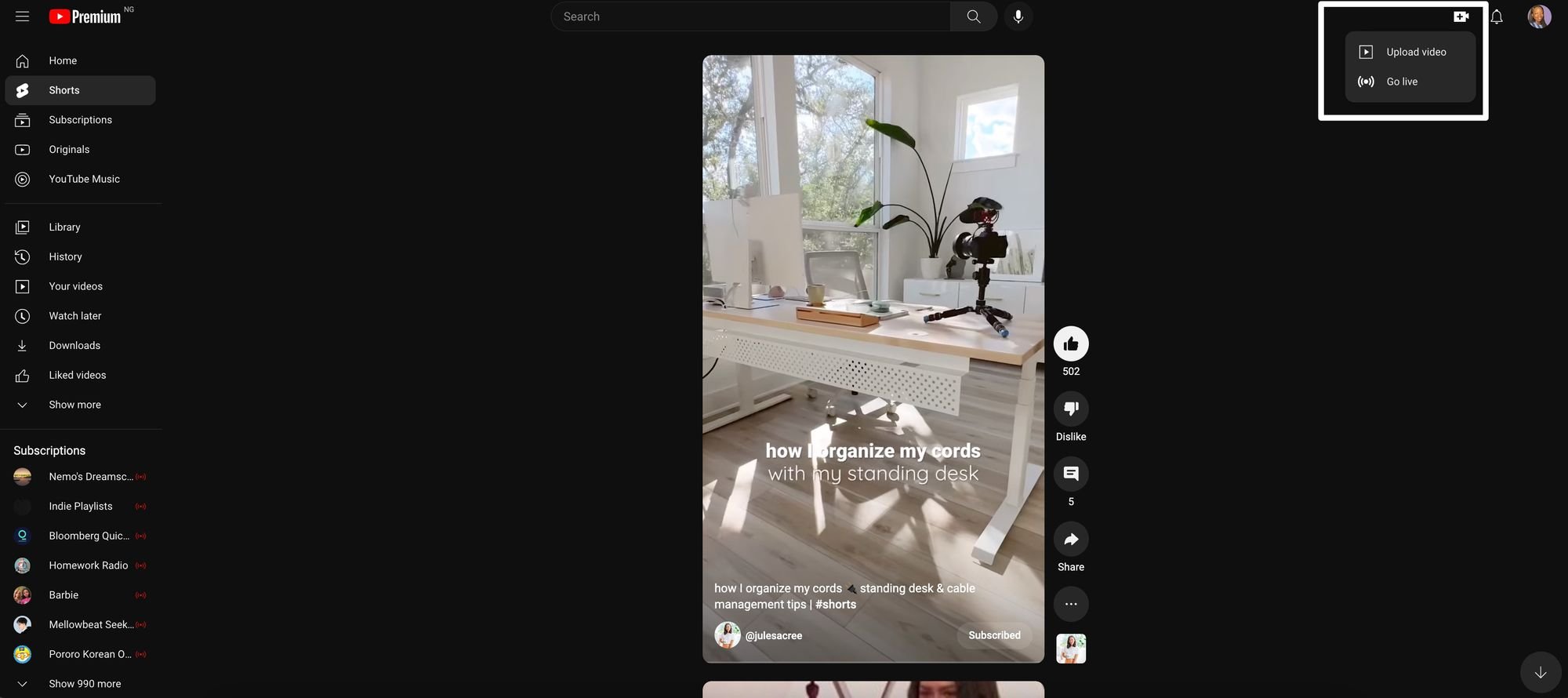By Cierra Noffke
I save on my monthly internet bill thanks to these tips.
You don’t need a computer science degree to make sense of the internet plan you’re paying for, but you do have to do a little research. ISPs often use flashy advertising or marketing to distract you from the hidden fees or price increases in your internet bill. Often, the clues to what your internet service bill will look like and the plan’s speed are right in front of you, albeit engulfed in jargon; you just need to know what to look for.
In the past year, as a broadband writer, I’ve spent hours reading through internet service provider offerings — and the customer service reviews about those offerings. It can be boring, but the key to getting a decent internet deal — one that saves you money and comes with enough speed — is reading the fine print.
If you share the sentiments of thousands of Americans who hate their internet service providers, you’re probably not thrilled about the prospect of sifting through ISP promotional offers for hours. When the time comes to shop for home internet, it can be tempting to just buy whatever convenient internet plan your friends and neighbours are using and move on with your life.
While our internet options are sorely limited depending on where we live, keep in mind that you’ll have to live with the internet plan you pick. If it’s too slow, you’ll be picking up the phone in a few months to call customer service again. If you’re getting lured into a plan with hidden fees and promo pricing, you might find your bill doubling after a year or a few months have passed.
We rely on the internet for nearly everything these days. With fears of a looming recession and prices rising due to tariffs, it’s crucial to find ways to save a little money on such an essential service. Here’s my fool-proof method for finding the best internet plan for you.
10 common mistakes made when picking internet plans
A little patience and some reading will go a long way with buying an internet plan — but there are some specific terms to look out for. Before you even start shopping, you should have a good idea of how much speed you’ll need and your budget.
Here are the top 10 mistakes I’ve noticed people making when picking out an internet plan:
- Paying for internet speeds you don’t need
- Not considering internet connection type
- Falling for promotional traps and flashy advertising
- Not reading the fine print
- Not calculating the cost per MbpsL
- Not comparing internet plans or reading customer service reviews
- Ignoring tech support and security
- Not buying your own router
- Not looking at mobile discounts, bundles or other deals
- Not thinking twice about your router
We’ll go over each of these in depth below so that when it comes to finding a good internet service provider, you’ll be a pro.
1. Paying for internet speeds you don’t need

Internet is already expensive once you factor in the equipment fees, hidden fees (more on those later) and potential yearly price increases. Don’t overpay for internet speeds that you just won’t use — but you shouldn’t settle for a low tier only to go crawling back to customer support for an upgrade to a higher tier later.
The easiest way to avoid that strife is to take stock of how much internet speed your household is actually using before you begin shopping for a new plan. To start, count the number of gadgets and smart home devices in your home. Smart devices can be sneaky bandwidth hogs, often overlooked when considering internet usage. If you have more than 10 devices online concurrently during a typical day, with internet usage involving more than just browsing the web, a good rule of thumb is to stick to speeds of 500 megabits per second or higher.
If you only have one or two devices on during the day and only one or two internet users working remotely, browsing the web, streaming or gaming at a time, you should be safe with 150 to 300Mbps. Since I work remotely and typically only use two devices simultaneously, AT&T Fibre’s cheapest 300Mbps tier works just fine for me.
If you’ve experienced excessive lag, buffering and Wi-Fi issues with your current tier, it might be time to size up. Your Wi-Fi setup could be to blame for your internet connectivity issues, so run down the list of possible solutions before upgrading.
Advertised vs. actual speeds
On that note, keep in mind that what your ISP is advertising as a maximum speed (in my case, 300Mbps), may not be the actual speeds you’ll get consistently.
Your actual speeds will likely be much slower — especially if you’re relying on Wi-Fi and connecting multiple devices to your network.
Even 1,000Mbps tiers may face congestion and slowdowns, as CNET’s Trisha Jandoc discovered in her home. When looking for a reliable internet plan, make sure you’re taking a holistic look at your speed usage and factoring in slowdowns you may experience depending on the number of devices, the type of internet users in the house and the internet connection type.
2. Not considering the internet connection type
Did you know there’s more than one type of internet connection? You may have multiple internet connection types at your address; evaluate them all instead of opting for whatever is most convenient. Here’s a quick rundown:
- Fibre internet: Typically considered the gold standard of broadband, fibre internet can deliver symmetrical upload and download speeds — a feat no other internet connection type can boast of yet. You may be eligible for fibre internet at an address previously only serviceable for cable, so it’s worth asking your landlord or calling a fibre provider to see if you can get fibre.
- Cable internet: Since fibre internet is much less available than cable internet, you’re much more likely to be serviceable for cable instead of fibre. Cable is a decent second-best option, with speeds that can reach multi-gig levels (though upload speeds remain sorely lacking).
- 5G or fixed wireless internet: If you can’t get either fibre or cable, consider 5G internet. Wireless internet is becoming increasingly popular, and Verizon 5G and T-Mobile Home Internet have dominated the space in recent years. Verizon’s 5G home internet plans claim to offer speeds up to 1,000Mbps and T-Mobile just boosted its speeds and added a new speed tier.
- Satellite internet: With nearly 100% availability, satellite internet is a safe bet for rural communities or those on the go, but it tends to be high in costs and is prone to network congestion. Unless you don’t have another option, consider satellite and DSL internet a last resort.
3. Falling for promotional pricing and flashy advertising
A recent CNET survey found that 63% of adults are paying more for their internet than they paid last year. Internet providers are profit-motivated first. If you stumble upon a cheap internet plan or deal that seems too good to be true, it probably is. Plus, if you decide to call before you do some research, your customer service representative will probably try to talk you into either upgrading to a faster (more expensive) plan or adding some services you simply don’t need.

Pricing traps and promotional bait are popular among ISPs. Your best defence is to always read the fine print — especially before you pick up the phone to sign up for a plan. If you’re not careful, you could be roped into a two-year contract, with your bill increasing exponentially in the next year. Cable providers Xfinity, Astound and Spectrum are notorious for price increases that can range from $20 to $30 more after a promotional period. In the case of Xfinity, your bill might double after the first year, unless you sign up for a price-lock.
If you closely examine the FCC-mandated broadband nutrition labels, you can see what your monthly bill will look like after the promo period ends.
4. Not reading the fine print to look for contracts, hidden fees or data caps
OK, I know it’s boring and arguably the worst part about picking a good internet plan, but reading through the terms of service is the best way to figure out what the internet plan you’re looking at actually entails.
Consult your ISP’s broadband nutrition labels for basic facts and read their full terms of service for any follow-up issues you uncover. If you still have outstanding questions, write them down and make sure you ask them when you call.
First, make sure you’re not signing up for a contract unless you have no other option. Contracts require you to stick with an internet service for the entire term. If you decide your internet plan isn’t working for you halfway through, you’ll either suffer for the next six months or pay a hefty termination fee.

Next, make sure you’re checking for data caps. The broadband nutrition label should indicate any data caps, but sometimes, ISPs won’t use the broadband labels to clearly state whether they’re enforcing a data cap (looking at you, Sparklight), so you’ll have to read through the fine print. Also, sometimes ISPs enforce “soft caps” or use “priority data,” which means your internet speeds will be throttled once you max out your allotted data.
Lastly, are there any hidden fees or junk fees you should worry about? That promotional price of $30 a year for 150Mbps may seem attractive initially, but if your provider leases equipment for an additional $15 and enforces a maintenance fee of $12 monthly, you’re looking at $57 monthly.
In some cases, you may be able to call and negotiate with your ISP to waive a few of those fees. If you’re trying to cut back on initial internet costs, consider installing your internet yourself.
5. Not calculating the cost per Mbps
The cost per Mbps is a great way to gauge how good of a deal your internet plan is. Internet prices fluctuate depending on the internet connection type, regional pricing or related market issues. The cost per Mbps is the ratio between the monthly rate (excluding taxes and extra fees) and the advertised speeds — or the price you’re paying for 1Mbps of speed.
You can find the cost per Mbps by dividing the monthly rate by the plan’s max speed. A good rule of thumb is to stick to a cost per Mbps between 10 and 25 cents or lower — if you can. Anything lower than 10 cents per Mbps is usually a good deal.
I’ll caution that the high speeds of fibre internet plans can make using the cost per Mbps approach confusing. For example, AT&T’s fastest tier of 5,000Mbps costs $245 a month. That’s a hefty price for a lot of speed. The cost per Mbps of that plan comes out to 5 cents, which is pretty good by broadband standards but an unrealistic monthly rate for home internet.
If you’re thinking of picking a plan with promotional pricing, compare the cost per Mbps for both the introductory and post-introductory rates. Spectrum’s $50 for 500Mbps plan comes out to a decent 10 cents per Mbps, but if you stick with that plan for a year, your monthly rate will jump to $80, which is a much higher 16 cents per Mbps. In that case, consider shopping around after your promo period ends.
6. Not comparing internet plans or reading customer reviews
I know, I know, I’ve already asked you to read the terms of service for one ISP, and now I’m asking you to cross-analyse the offerings from multiple ISPs. It’s tedious work but the only way to ensure you’re getting the best deal is to carefully read and compare the terms of service of all the ISPs in your area. Now that you know what to look for, you can compare the cost per Mbps and terms of service across different ISP plans. If you’re one of the lucky few who can choose between more than one or two decent internet providers, you should choose carefully.
The terms of service will give you a good sense of what to expect from your internet plan but those words are written from an ISP perspective. You should always take customer reviews with a grain of salt but they’re usually an honest portrayal of how those service terms actually play out. For example, if people express consistent confusion about price hikes, consider that a red flag about promotional pricing traps. You can turn to resources like Reddit for city-specific threads about ISPs or the Better Business Bureau for a closer look at what people didn’t like about their service.
7. Ignoring tech support and security
We usually don’t think about our internet until something starts going wrong. Like most internet shoppers, you’re probably not planning for connectivity issues and if you pick a good ISP and speed, hopefully, you won’t have to deal with those issues. But internet connectivity problems are inevitable, whether it’s a problem with your equipment, your Wi-Fi setup, outages your provider is experiencing or more significant problems beyond your control.
If you can choose between a good ISP without free tech support and a good ISP with free tech support, opt for the support. You’ll never know when you’ll have to make a phone call to troubleshoot your connection or your equipment.
8. Not buying your own router

Before I started writing about home internet, I never considered my router and I couldn’t tell you the difference between a modem and a router. But now I know that it can save you money to buy your equipment upfront instead of paying an extra $10 to your ISP every month. Most routers cost $200 or less, which will pay for itself in a little more than a year.
Plus, you won’t have to worry about racing to return your equipment when your plan ends. There’s also a chance your router can offer better performance than the one your ISP offers. CNET’s Joe Supan saved nearly $1,000 by buying his own router instead of renting from Xfinity and he noticed improved upload speeds after doing so.
Just note that if you buy your own router, you likely won’t be eligible for tech assistance from your ISP anymore, and they may even try to blame your internet connectivity issues on your router. Most router manufacturers — notably TP-Link, Netgear, and Linksys — offer their own customer service support anyway.
9. Not looking at mobile bundle discounts (or other deals)
The best home internet discounts typically come from bundling with your ISP’s mobile service. Switching over your mobile service provider can be a hassle if you don’t already get service from the same company but you could save as much as $35 each month on internet by doing so. Astound and Mediacom offer some of the best mobile discount opportunities but you may have other options, too.
ISPs often try to lure customers with low pricing or other add-ons, and while some deals aren’t worth signing up for, others, like T-Mobile’s $300 gift card and Frontier Fibre’s $30 plan for 500Mbps, are worth a try.
10. Not thinking twice about your router placement
Last but not least, after you’ve done your research and committed to a plan, you’ll have to pick a date for installation. Most people trust that the technicians who install their equipment will pick the best place in the house, but that’s not always the case.
Wi-Fi works best with an optimized setup. If you can place your router/modem in a central spot in the house, closest to where you’re working or where your most used TV is located, work with your technician to make that happen. You can always invest in some Wi-Fi extenders or a mesh network if you think the connectivity will be an issue but don’t assume your technician knows what’s best. After all, this is your internet plan, and you’ll be using it every day.
FAQs
How do I shop for internet?
If you don’t know where to start when looking for a new internet plan, don’t worry. We have an internet shopping guide with plenty of resources and tips.
That said, your first step should be to put your address into the FCC’s broadband map and pull up a list of all available internet providers. Occasionally, this map is incorrect; the FCC might not include a local ISP or an ISP may not serve your address, but it’s a good starting point. Next, consider how much internet speed your household needs and use that information to compare different plans. You should also consider what internet connection type you’d prefer (if you have a good array of options, which isn’t always the case).
Once you’ve determined what you’re looking for, carefully read the terms of service and broadband labels from each available ISP. Carefully evaluate the cost per Mbps, check for contracts and data caps, and consider buying your own router up-front.
Lastly, stay wary of promotional offers and price traps. ISPs often lure customers into cheap starting rates, only to double those prices after one year or a few months of service. Check your forecasted bill for hidden fees and don’t be afraid to try negotiating with your ISP when it’s time to make a phone call.
Should I rent or buy my modem or router?
It may seem daunting to buy your own router, but the decision could save you money in the long run. Most routers cost around $200, which should pay for itself after a year since many ISPs charge $10 to $15 for equipment rental. If you buy your own router, your ISP won’t be able to offer tech support if there’s an issue with the equipment, but router manufacturers often come with their own tech support anyway. Plus, newer routers often perform better than the routers ISPs rent out — CNET broadband writer Joe Supan bought his own router (which saved him nearly $1,000), and he saw improved upload speeds with his cable internet.
What is the best internet plan for home internet?
The best internet plan depends on your household’s internet usage. Not everyone needs 1,000Mbps of download speed; in fact, most households don’t exceed 500Mbps of download speed, according to the latest report from OpenVault. Once you determine how much speed you’ll need (or don’t need), the next step is to get the best deal for those speeds. Evaluating the cost per Mbps is a good way to evaluate the cost-efficiency of a plan. By dividing the monthly rate by the advertised speeds, you can find the cost you’ll be paying for 1 Mbps. A good rule of thumb is that a cost per Mbps between 10 to 25 cents is “good,” but anything lower is “great.”
What should I look for when buying home internet?
Shopping for internet is overwhelming when you’re not sure what to look for. Once you’ve determined what internet providers are available at your address, there are a few things to keep an eye out for when comparing plans:
- The internet connection type: There are a few different internet connection types, and each comes with different benefits and drawbacks. You’ll be limited to what’s available at your address, but there’s a chance you’ll be eligible for either fibre internet, cable internet, cellular internet like 5G internet, satellite internet or DSL. Fibre internet is the fastest internet connection type but the least available. Cable internet offers decent speeds for decent prices, albeit with much slower upload speeds. 5G is an increasingly popular wireless option; satellite and DSL should be your last resort.
- Promo pricing and price traps: Watch for flashy advertising and low prices. ISPs tend to use the bait-and-switch approach with some internet plans: a low promotional price seems alluring, but after a year of service, that price may double. Always read the broadband nutrition labels on the ISP website. You may want to switch to another internet provider or a new plan after the promo pricing is up.
- Cost per Mbps: The cost per Mbps is a great way to evaluate the cost-efficiency of an internet plan. First, consider how much speed you actually need. Next, find a plan with those speeds and divide the monthly rate by the advertised speeds. You’ll come up with the cost per Mbps for each plan; a good rule of thumb is sticking to plans with a cost of 25 cents or lower per Mbps.
- Data caps: Does your plan have a data cap? Read through the broadband nutrition label and the terms of service to find out. Sometimes, ISPs won’t post their “soft caps” on the broadband labels, so you’ll have to read the fine print to make sure.
- Contracts: Does your ISP enforce a contract? Again, carefully read the terms of service to ensure you’re not entering into a contract agreement. You’ll have to pay a hefty termination fee to cancel.
- Hidden fees: ISPs are also notorious for adding extra costs to your monthly internet rate. Double-check your broadband label to see how much you’ll actually be paying for internet each month. If you’re trying to lower the monthly cost, consider buying your router up-front. You can also call to negotiate with your ISP about waiving some of those fees.
- Tech support: If you can pick a plan with good tech support, do it. Home internet is subject to outages, equipment failure or other issues beyond our control. Having a good tech support system is key to troubleshooting those issues quickly and efficiently.
Feature image credit: Getty Images




